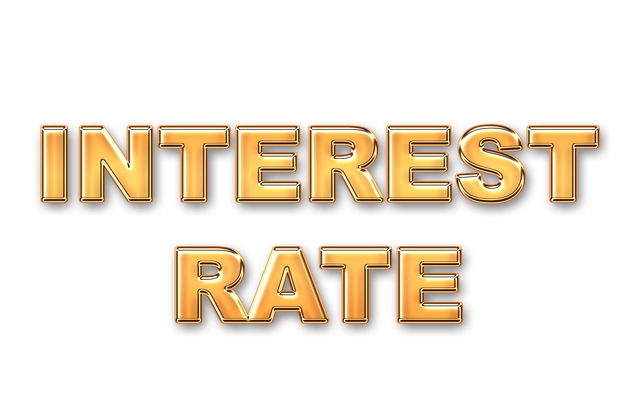Interest rates are a pivotal factor in the real estate market, directly affecting borrowing costs and market activity. Higher rates can slow investment and home purchases, while lower rates stimulate demand and economic growth within real estate. Central bank decisions on interest rates, driven by factors like inflation and monetary policy, significantly impact mortgage rates and affordability. Market dynamics of supply and demand further influence interest rates, with high demand often leading to lower rates. Credit risk also plays a role, affecting the terms offered to borrowers. Understanding these interconnected factors is crucial for both homeowners and investors navigating the complex real estate landscape.
In the dynamic landscape of real estate, understanding crucial determinants of borrowing costs is essential for both lenders and borrowers. This article explores key factors shaping your ability to secure a mortgage. We delve into the intricate relationship between interest rates—the primary driver of real estate financing—and how they’re influenced by various economic forces. Additionally, we examine creditworthiness, highlighting the significance of credit scores and property value assessments in determining loan terms and overall costs.
Interest Rates: The Primary Driver

In the realm of real estate, interest rates serve as a pivotal and immediate determinant of borrowing costs for both investors and homeowners. When discussing crucial factors influencing loan rates, interest rates top the list due to their direct impact on the affordability and accessibility of credit. These rates, set by central banks, reflect the cost of borrowing money and, consequently, shape the financial landscape for various industries, including real estate.
In today’s digital era, fluctuations in interest rates can prompt a flurry of activity in the real estate market. Higher rates often discourage borrowing, potentially slowing down property investments and purchases. Conversely, lower rates incentivize borrowers, driving up demand and fueling economic growth within the sector. This dynamic relationship underscores the significance of monitoring and understanding interest rate movements as a key strategy for navigating the complex world of real estate finance.
– How interest rates influence real estate borrowing costs

Interest rates play a pivotal role in dictating borrowing costs within the real estate sector. When interest rates rise, it typically translates to higher mortgage rates for prospective homebuyers and investors. This trend can significantly impact the affordability of property acquisition, as borrowers are required to pay more over time. Conversely, falling interest rates often lead to more accessible borrowing conditions, encouraging investment and potentially stimulating the real estate market.
The relationship between interest rates and real estate is intricate. Lenders adjust their rates based on various economic indicators, including inflation and monetary policy decisions. As a result, fluctuations in these rates can cause variations in monthly mortgage payments, impacting both individuals and businesses involved in property transactions.
– Factors affecting interest rate determination

Interest rates in the real estate market are influenced by a multitude of factors, each playing a significant role in determining borrowing costs for prospective homeowners and investors alike. One key element is the monetary policy set by central banks, which adjusts interest rates to control inflation and manage economic growth. During periods of high inflation, central banks may increase interest rates to cool down the market, making borrowing more expensive. Conversely, lowering interest rates can stimulate economic activity and encourage investment in real estate.
Additionally, market demand and supply dynamics impact interest rate levels. High demand for mortgages often leads to lower rates as lenders compete for borrowers, while limited housing supply or tight credit conditions might push rates upwards. Other considerations include credit risk; borrowers with strong credit profiles may secure more favorable loan terms, while those with higher risk profiles can expect higher interest rates to compensate lenders for potential losses.






